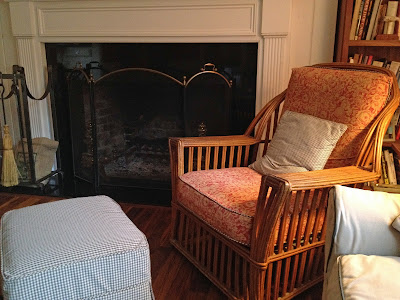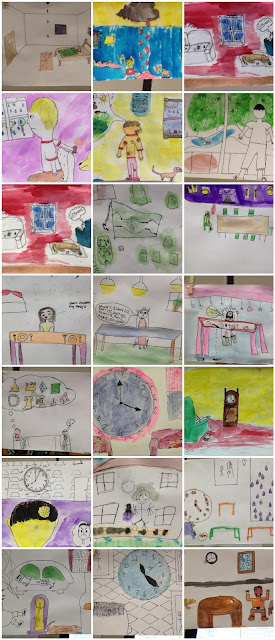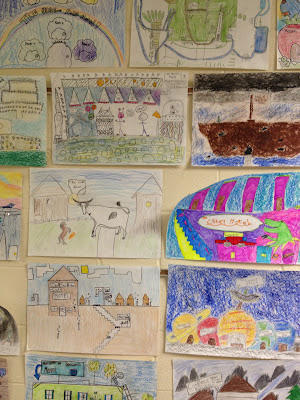Stories are more interesting when they don't proceed in a straight line from Point A to Point Z.
They are much more interesting when they veer off course from time to time.
These off-course veerings (is that a word?) are known in script-writing as turning points.
Turning points help keep the momentum of the story up and add interest.
A turning point might:
- Turn the action or the focus in a new direction
- Raise the central question or problem again
- Be a critical action on the part of the main character, or
- Be when the character makes an important decision or comes to a critical realization
An example from my book, Fame and Glory in Freedom, Georgia, is when Harlem walks out of the spelling bee.
An example from How to Steal a Dog is when Georgina and her family arrive at the abandoned house and find that it has been boarded up. Another turning point occurs when Georgina goes back to the old house to feed Willy and he is gone.
So, surprise the reader once in a while. Throw in a turning point to shift the action into a new direction.
Recycled from 11/27/07






















































